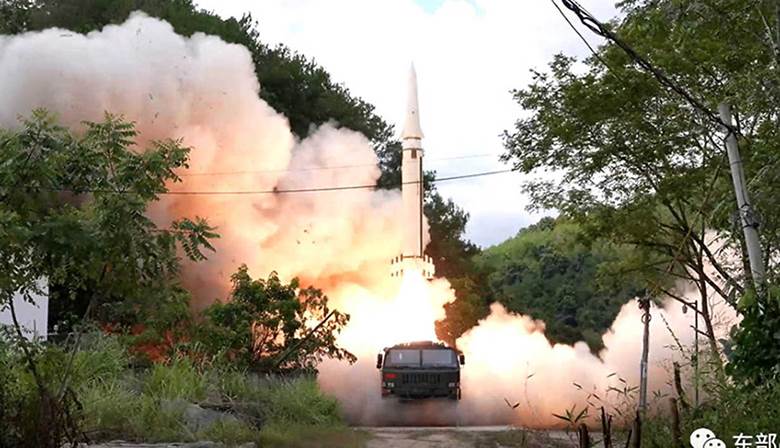Description

Copyright infringement not intended
Context: Xi Jinping’s worldview carries with it an inherent contradiction — that of a world that is simultaneously China’s to lead and one that is apparently full of external threats. This paradox, more than any other factor, has shaped China’s diplomacy in the past decade

Details:
- China’s foreign policy appears to be caught between, on the one hand, presenting itself as the saviour of the UN-centred world order and globalisation — building, as Mr. Xi has christened, “a community of shared destiny” — and on the other, pursuing China’s core interests ever more aggressively, regardless of the consequences.
Core interests:
- The launch of the Belt and Road Initiative (BRI) in 2013 was Mr. Xi’s signature foreign policy initiative and a platform to stake China’s claim to global leadership.
- According to the estimates of the Green Finance and Development Centre at Shanghai’s Fudan University, over the past decade, the total value of projects and investments through the BRI stands at over $930 billion.
- But more than the infrastructure projects and investments in connectivity, the biggest success of the BRI — which ten years later remains an amorphous and hard-to-define initiative, more an idea than an actual project — has been in furthering a narrative of the inevitability of China’s rise.
- But Beijing today is facing criticism for rising debt levels in many partner countries and for unsustainability in some of its projects.
- The fact that indebted partners have only returned to Beijing for more assistance underlines the reality of China’s economic muscle, as well as an apparent push to evolve the BRI away from a hard-infrastructure focus to a wider array of financial assistance.
- Consider Pakistan and Sri Lanka, which have received more than $26 billion from China in the past five years, and dealing with financial crises, are turning not only to the International Monetary Fund (IMF) but again, to Beijing.
- “Defend every inch of our land!”, reads a sign in Beijing’s Military Museum, which, to mark the Chinese military’s 95th anniversary, opened a sprawling exhibit earlier this year.
- Beyond the BRI, rising China-U.S. rivalry and deepening China-Russia ties have been perhaps the clearest markers of the direction of China’s foreign policy in the Xi era.
Saviour of the UN-centred world order:
- Beijing has increasingly sought to present itself as the defender of a world order that in its view the U.S. was seeking to wreck.
- Xi, in recent speeches, has repeatedly referred to a world facing two paths — one of disorder caused by “small cliques”, as China refers to the U.S. and its allies, and the other his “community of shared destiny”.
Relationship with India:
- The see-sawing India-China relationship during the Xi decade, from the highs of two “informal summits” in Wuhan in 2018 and Mamallapuram in 2019, to the still on-going border crisis triggered by the Chinese military’s multiple transgressions that plunged relations to the lowest level since the normalisation of ties in the 1980s, have reflected the tensions in China’s diplomacy in the Xi period.
- China has come to view territorial problems with neighbours not as “disputes” to be mutually resolved but as threats to China’s “sovereignty”, thus reducing the space for resolution.
https://epaper.thehindu.com/Home/ArticleView














